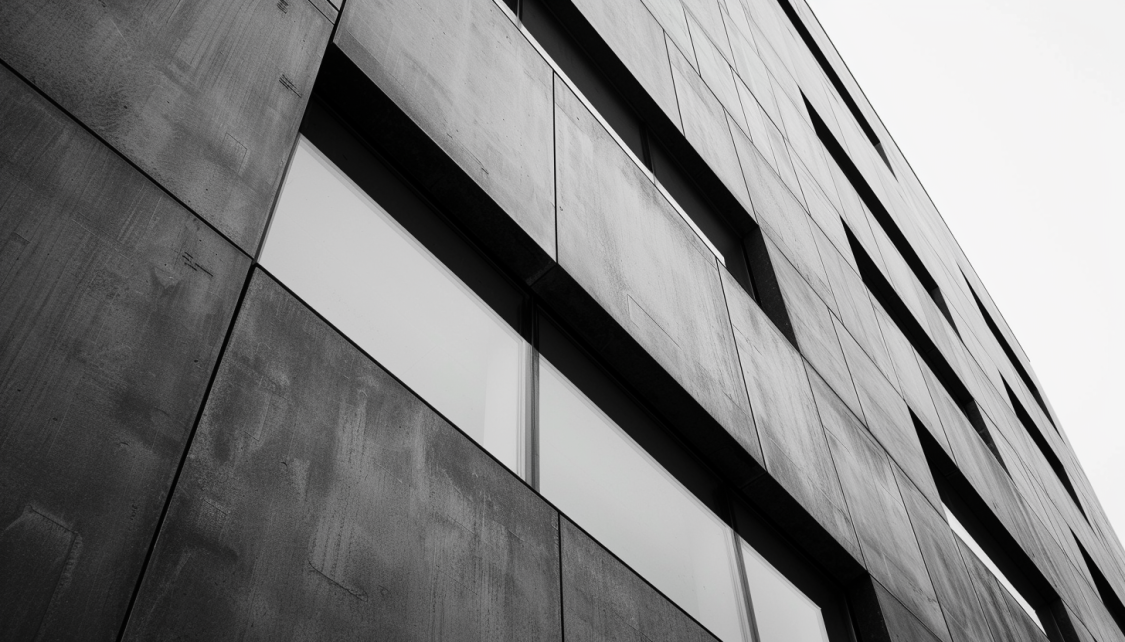Why Colours Play a Key Role in Inclusive Design
Have you ever wondered what inclusive design is? How do colours play a pivotal role in creating a welcoming area for all? Those are really important questions for you to consider when designing a new space.
We all want to create a warm environment that welcomes everyone. I know that sometimes, this goal might seem far and unachievable. But don’t worry! This post will give you all the tools you need in order to easily accomplish this objective.
In this article, you’ll explore the world of inclusive design and uncover its importance in our daily lives. You’ll dig into the significance of colours and discover how they affect emotions, readability, and accessibility. You will get to know better about inclusive urban design and at the end of the article, the best part, you will discover four easy tips for creating the perfect autism design space.
A Space for All
Inclusive design goes beyond mere functionality; it aims to create spaces that welcome and embrace everyone, regardless of gender, age, sexuality, race, ethnicity or personal values.
A really interesting branch of this field is inclusive urban design, a subject that emphasises accessibility, safety, and functionality, ensuring that everyone can participate fully in urban life and enjoy equal opportunities for social interaction, mobility, and recreation.
At its core, inclusive urban design is about interacting with users and adapting interfaces to cater to their diverse needs, generating design patterns that promote accessibility.
Colours hold tremendous power in shaping our environment and influencing our emotions. In an ideal world, inclusive products and services would be the norm, not the exception. In this context, colours play a critical role in the readability of messages conveyed through spaces. So, why are colours crucial for accessibility?
The Importance of Colour Accessibility
Firstly, the appropriate use of colour is paramount for accessibility. Poor colour choices can hinder users from accessing and perceiving information correctly. If colour contrast is insufficient, text may blend into the background, posing challenges for users with visual impairments.
Secondly, colour choices can have potentially harmful effects. Yes, colours can impact physical well-being. In fact, specific colours can influence heart rate, blood pressure, and appetite. For instance, warm colours like red and orange evoke energy and excitement, while cool colours like blue and green create a calming effect.
Understanding these effects is crucial when designing spaces to ensure they evoke the desired emotions and cater to the needs of diverse individuals.
Harnessing the Power of Colors
Are you looking to spark creativity? Try incorporating the colour purple. With a perfect balance between stimulation and serenity, purple is believed to encourage creativity. Light purple, in particular, fosters a peaceful environment, easing tension—a perfect choice for homes and offices alike.
For those seeking a calming atmosphere, green and blue are ideal choices. These cool colours are known for their restful qualities. The eye is biologically set to focus green directly on the retina, reducing strain on eye muscles. Similarly, blue is calming and serene, decreasing respiration and lowering blood pressure. Consider using these colours in high-traffic rooms or spaces where relaxation is desired, such as bedrooms.
Inclusive design aims to embrace diversity and create spaces that accommodate and welcome everyone. Colours are vital in achieving this goal, influencing emotions, readability, and accessibility. By harnessing the power of colours and incorporating thoughtful design elements, you can create spaces that cater to diverse needs and foster a sense of belonging for all individuals.
@golden.coilDo you mood track? Tell us what your happy color is!
Autism Design Friendly Spaces: Tips for Inclusion
Creating autism design, friendly spaces requires special attention to certain aspects. Here are four tips for fostering an inclusive environment for neuro divergent individuals:
- Lighting: Gentle and soothing lighting plays a vital role in enhancing comfort and well-being for individuals with autism. By opting for soft, warm lighting, you create a serene ambiance that fosters relaxation and minimises sensory overload. Incorporating natural light sources, such as large windows or skylights, can provide a calming connection to the outdoors and promote a sense of tranquillity within the space.
- Room Layout: By maintaining a clear and clutter-free space, you eliminate unnecessary distractions and potential stress triggers. Designated spaces with specific functions can help individuals with autism navigate the environment with ease and predictability. Soft furnishings, such as bean bags, cushions and pillows can help to make a more comfortable atmosphere and promote cosiness and security.
- Colour Choices: Soothing colours, such as soft blues, greens, and muted pastels, can help you create a calm atmosphere that promotes relaxation and well-being. Steer clear of overly stimulating or contrasting colours that might cause sensory overload.
- Acoustics: Sound insulation plays a crucial role in reducing noise distractions and creating a calmer auditory environment. By integrating acoustic panels or soft materials into the room’s design, you can dampen echoes and reverberations, thereby minimising auditory overload. Manipulating sound pressure levels, such as using white noise or pink noise machines, can be highly beneficial in providing a soothing background sound that masks potentially disturbing noises.
For these specific purposes, we would be more than happy to assist you in creating your ideal space. The acoustic panels by Vibe by Vision, are expertly designed to foster a quieter and calmer environment. Incorporate inclusivity in every aspect. With these acoustic panels in Dublin, you can enhance communication by creating a more conducive space for conversation and contribute to creating autism design-friendly environments by reducing stress-inducing noise.
Our team can provide you with a range of options, helping you find the perfect colour and shape that seamlessly integrates with your space while prioritising the principles of inclusivity. Contact Vibe by Vision today, and let us help you choose the perfect acoustic panels in Dublin.
With Vibe by Vision, your space can become a haven of tranquillity where everyone feels at ease and included. Embrace the power of inclusivity and acoustic excellence today!





